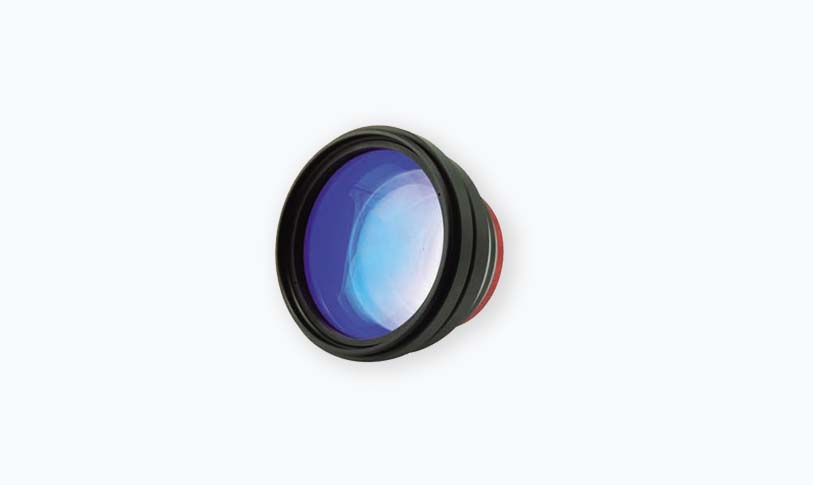Nanosecond fiber laser technology has emerged as a groundbreaking development in the realm of high-precision laser applications. With its capabilities for producing ultra-short bursts of laser light, nanosecond fiber lasers have found wide applications across various industries, including aerospace, automotive, medical, electronics, and beyond. This article delves into the mechanics of nanosecond fiber lasers, their unique characteristics, advantages, and the significant impact they have made in both manufacturing and scientific research.
At the heart of nanosecond fiber laser technology lies the concept of pulse duration. A nanosecond laser emits light in pulses that last only a few billionths of a second, specifically within the range of 1 to 100 nanoseconds. This extremely short pulse duration plays a crucial role in minimizing thermal effects on materials, allowing for superior precision and control during laser processing. The fiber laser medium, typically doped with rare-earth elements like ytterbium or neodymium, enhances the laser’s efficiency, providing a robust solution for various applications.
One of the standout features of nanosecond fiber lasers is their high peak power. When focused on a surface, the energy concentration can lead to rapid material removal or alteration with minimal heat diffusion. This characteristic is particularly advantageous for applications such as laser cutting, engraving, and precision marking. In industries where detail and accuracy are paramount, such as the aerospace sector, where components must meet strict dimensional tolerances, nanosecond fiber lasers have established themselves as essential tools.

Exploring the Revolutionary Advances and Applications of Nanosecond Fiber Laser Technology in Modern Manufacturing and Scientific Research
The versatility of nanosecond fiber lasers extends to their ability to process a wide range of materials. From metals, such as aluminum and stainless steel, to non-metals like plastics and ceramics, these lasers can achieve desired results across diverse substrates. In the electronics industry, for instance, they are used for applications like PCB drilling and solder mask removal—a process that demands precision to avoid damaging surrounding components. Furthermore, the laser’s high speed and efficiency result in shortened cycle times, leading to increased productivity in manufacturing environments.
In addition to manufacturing processes, nanosecond fiber lasers have found significant applications in scientific research. They are utilized in various experimental setups for fields such as spectroscopy, photonics, and materials science. The ability of nanosecond lasers to produce high-energy bursts allows researchers to explore new materials and phenomena. For example, in the field of laser-induced breakdown spectroscopy (LIBS), nanosecond pulses can generate a plasma that allows for the analysis of the elemental composition of a sample. This non-destructive method of analysis opens doors to novel materials characterization techniques that can further advance scientific understanding in multiple domains.

Exploring the Revolutionary Advances and Applications of Nanosecond Fiber Laser Technology in Modern Manufacturing and Scientific Research
The advantages of nanosecond fiber lasers do not stop at performance; they also encompass operational efficiency and cost-effectiveness. Fiber lasers require relatively low maintenance due to their robust construction and lack of moving parts. This reliability translates into reduced downtime and improved operational efficiency. Additionally, their compact size and energy efficiency further contribute to lower operational costs—making them a favored choice among manufacturers looking for long-term, sustainable solutions.
Moreover, as industries continue to shift toward automation and Industry 4.0, the integration of nanosecond fiber lasers into automated systems and robotics is on the rise. These lasers can be seamlessly integrated into CNC machines and robotic platforms, enhancing their capabilities and fostering a higher degree of precision in complex manufacturing operations.

Exploring the Revolutionary Advances and Applications of Nanosecond Fiber Laser Technology in Modern Manufacturing and Scientific Research
In conclusion, nanosecond fiber laser technology stands at the forefront of scientific and industrial advancements. Offering exceptional precision, versatility, and efficiency, these lasers have revolutionized manufacturing processes and opened new frontiers in scientific research. As technology continues to evolve, it is likely that the applications of nanosecond fiber lasers will expand even further, driving innovation and efficiency across diverse fields. The future of laser technology, particularly nanosecond fiber lasers, looks bright, paving the way for groundbreaking developments that could shape industries for years to come.galvo scanner controller
